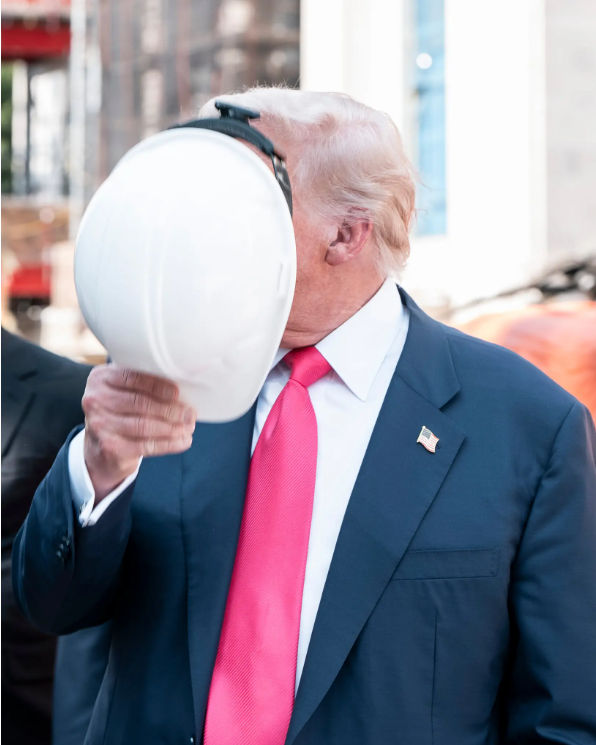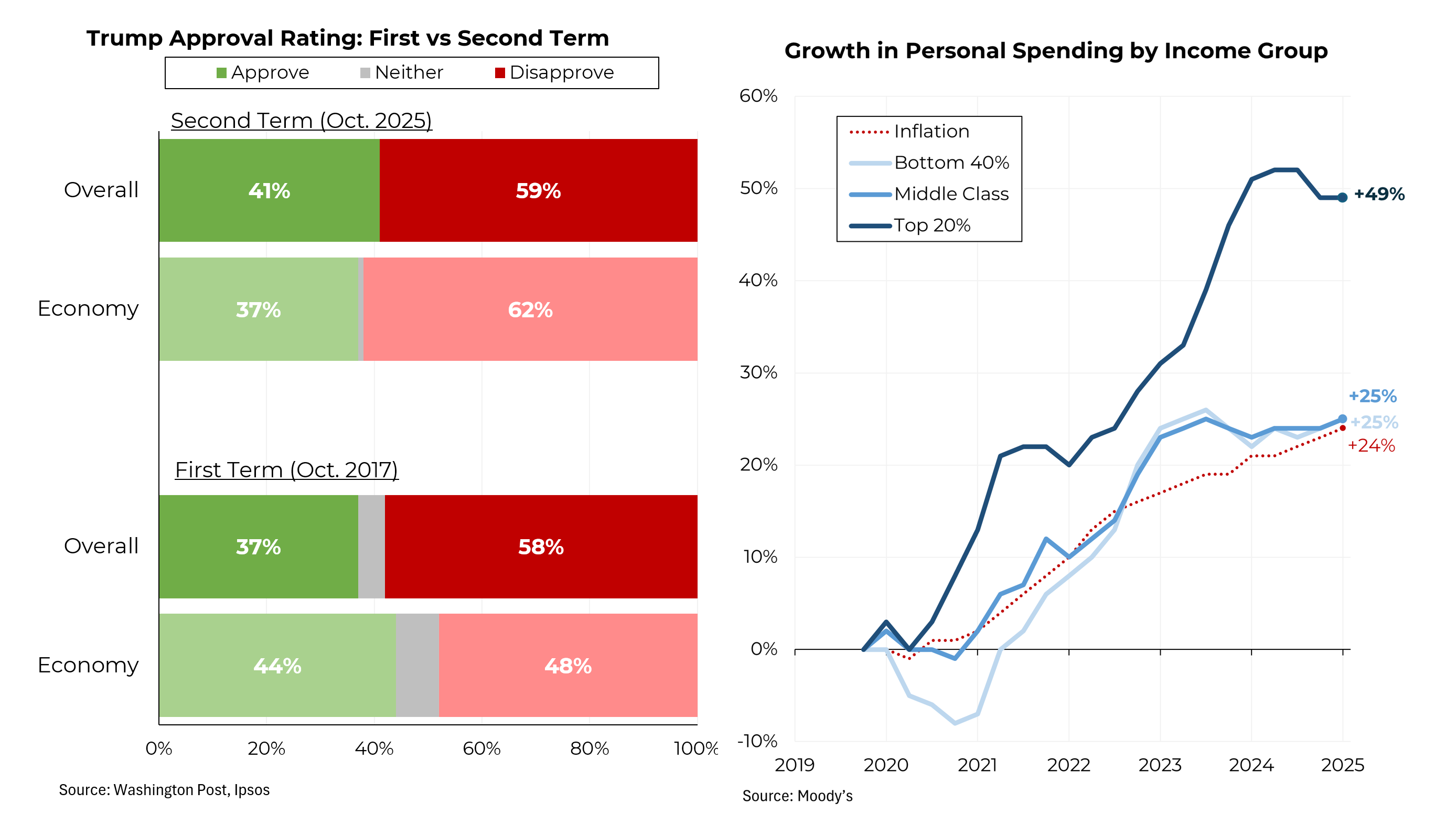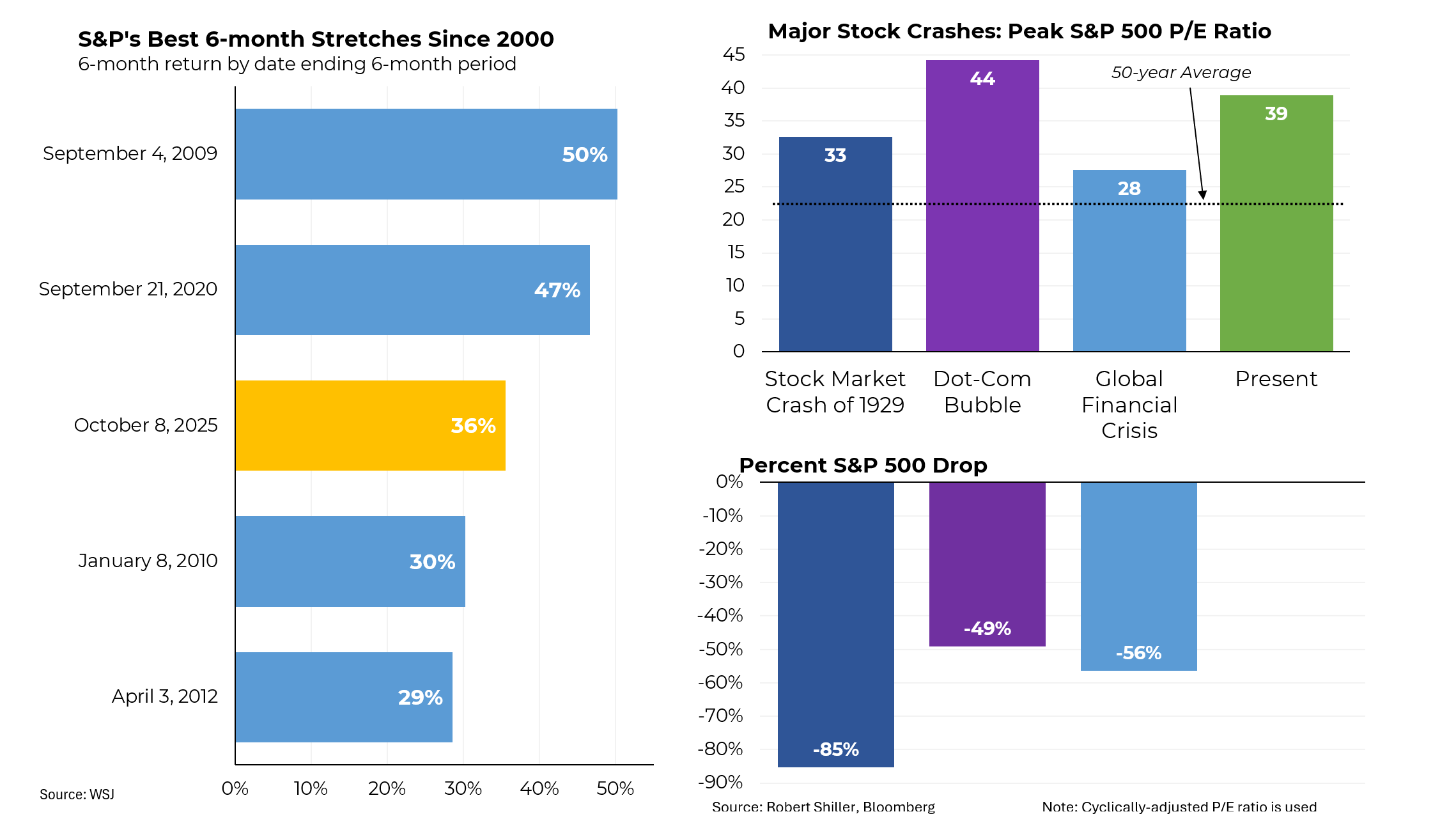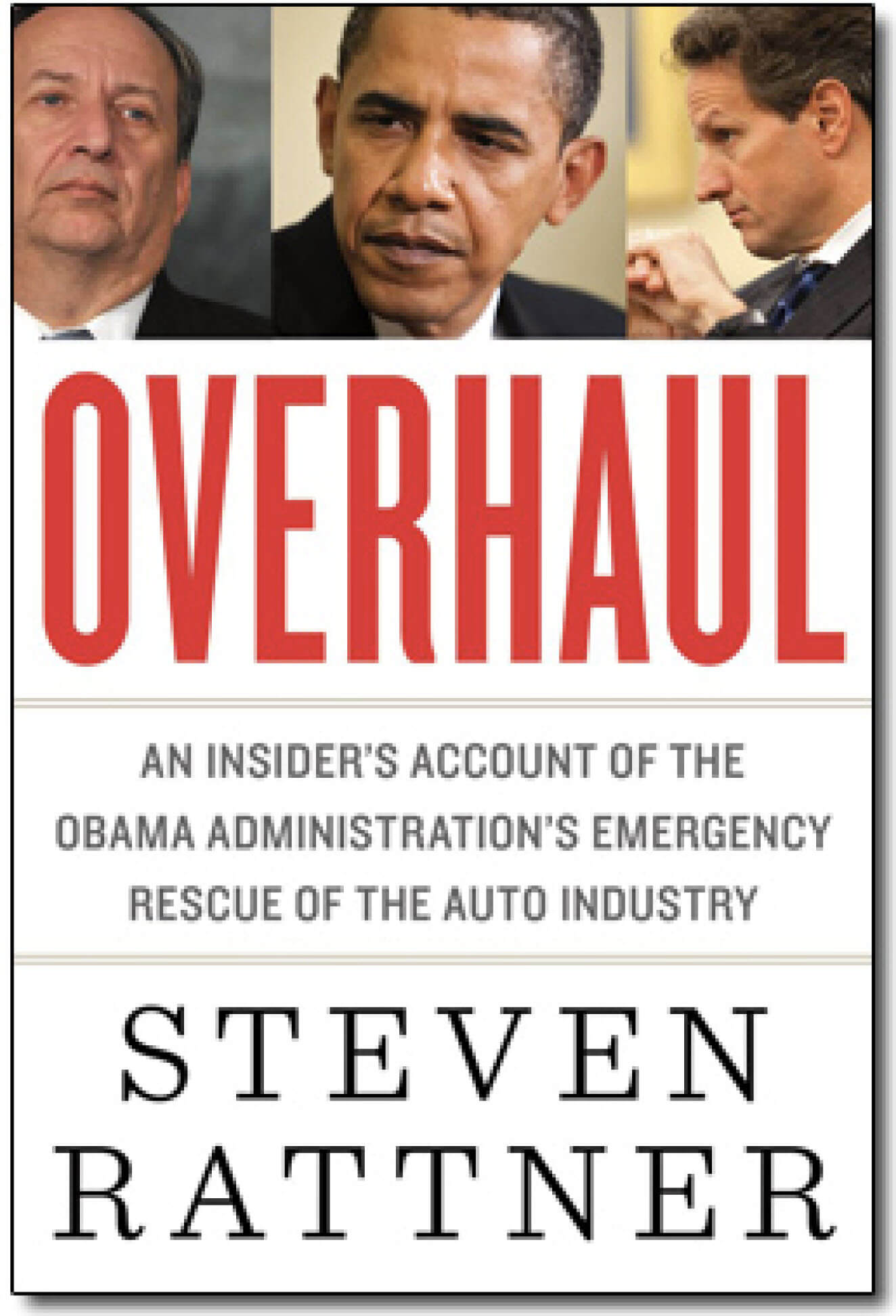Originally published in the New York Times
Eye-popping tales of growing income inequality are hardly new. By now, nearly every American must be painfully aware of the widening pay gap between top executives and shop floor laborers; between “Master of the Universe” financiers and pretty much everyone else.
But here’s what may not be as familiar: Widening income disparities are hardly limited to the commercial world, and even among very successful individuals performing similar tasks, income differences have grown.
Recently, thanks to data compiled by The Chronicle of Higher Education, I saw these macro trends reduced to the micro level in a perhaps unlikely setting: institutions of higher learning.
In 2010, the 10 top-earning private college and university presidents made an average of $2.1 million. That’s up from $637,000 in 2000, a stunning average annual increase of 12.6 percent.
Meanwhile, the average pay of all college presidents in the survey rose by a smaller (although still remarkably robust) 8.2 percent per year.
Look at it this way: In 2010, the 10 top-earning presidents made, on average, 4.4 times what a typical president earned. A decade earlier, that ratio was 3 times.
And just as in corporate America, those who preside over these institutions have done far better than those who populate the armies that labor below them. Over the decade that ended June 30, 2010, average faculty salaries at the 50 wealthiest universities rose by 14 percent, while that of presidents increased by 75 percent.
Citing stunning data like these is considerably easier than identifying the forces that produced the phenomenon. Robert H. Frank took a stab at the daunting task of explaining the complex factors behind the various manifestations of income inequality in his groundbreaking 1995 book, “The Winner Take-All Society,” written with Philip J. Cook. He was more successful in some respects than in others.
At the heart of the argument is that labor is much more mobile these days – instead of having a single employer throughout one’s career, people move from job to job, with each shift causing a pay adjustment to reflect one’s worth.
The arguments for why university presidents’ pay should go up faster than that of faculty members closely resemble the arguments made in the corporate sector: The jobs of these nonprofit leaders have become so much more demanding, so much more complex that higher compensation is warranted.
That may also have led to smaller applicant pools for these high-stress, high-burn out jobs, putting upward pressure on pay. Finally, as with companies, some contend that the difference that a superstar president can make to an institution justifies paying up.
Explaining why income inequality has increased so much even among college presidents is more difficult (but it is a phenomenon that has pervaded many professions, even dentistry). It’s not as if these presidents are all at the most highly ranked universities; of the 10 highest paid presidents in 2010, only three were at Ivy League institutions or their equivalent.
To be sure, some departing presidents make the top 10 list because of severance or retirement packages – but that doesn’t change the overall trend.
So it may just be that a cohort of college presidents have simply become more commercial and have pushed harder for the seven-figure pay packages that are no longer unusual in academe.





